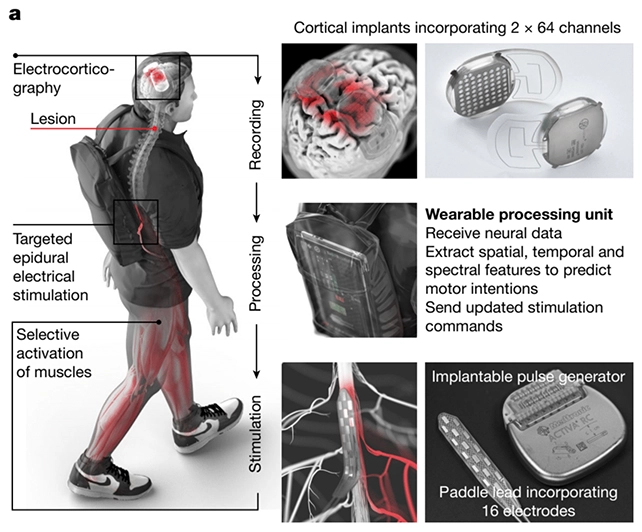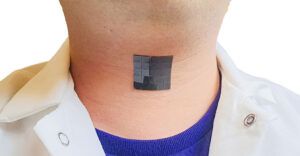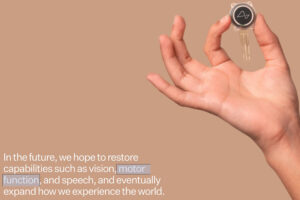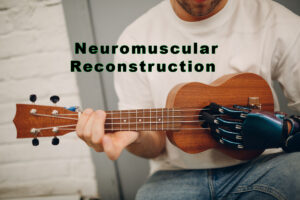Transforming Lives with AI: How Brain and Spine Implants are Overcoming Paralysis
If you wonder if or how AI will be transforming lives, especially to help people with disabilities, then you will find this information amazing.
It’s no secret that I am loving all things AI, check out my new site at NO Fear AI and when it comes to health care, well I think we are in store for some mind-blowing growth. Progress is being made in the field of rehabilitation for people with restricted movement. I’m not holding my breath on this for myself, but am very hopeful for younger folks.
In a groundbreaking investigation led by researchers from the Swiss Federal Institute of Technology Lausanne (EPFL), a pair of brain and spine implants has shown promise in restoring movement in a paralyzed individual. This significant breakthrough could potentially transform the lives of individuals with paralysis.
The “test pilot” for this innovation is a 40-year-old man named Gert-Jan, who was paralyzed over a decade ago due to a biking accident. Despite having reached a “neurological recovery plateau,” Gert-Jan demonstrated the remarkable potential of these new implants.
The Digital Bridge
The technology utilizes a pair of implants: one sits above the brain, decoding the electrical signals initiating movement, while the other is connected to the spinal cord, responsible for triggering motion in the legs. Working together, they bypass the injured section of the cervical spinal cord, wirelessly reestablishing the link between the brain and the body. This digital bridge is essentially a wireless interface using brain-computer interface (BCI) technology that transforms thoughts into actions.
AI in Rehabilitation
A key component of this system is a series of artificial intelligence algorithms that adapt and learn with user prompting. The patient trains the model to decode which brain thoughts correspond to which movements. Surprisingly, this process takes a short amount of time. As Jocelyne Bloch, a neurosurgeon from EPFL, explains, “The patient has first to learn how to work with his brain signals, and we also have to learn how to correlate these brain signals to the spinal cord stimulation. In a few sessions, everything is linked”.

The Impact and Potential
Over the course of 12 months, Gert-Jan demonstrated that these digital bridge implants could help him walk and stand more naturally. The implants also allowed him to overcome challenges that he couldn’t manage before, such as climbing stairs and traversing varying terrain, without the need for extra wearable motion sensors used in previously tested technologies.
Despite its potential, it’s important to note that this system might not work for every kind of spinal cord injury and has only been tested on one person so far. Nevertheless, the potential here for using technology and AI to fill in the gaps in the nervous system caused by injury is enormous. Everything starts with one but the good news it is starting!
While Gert-Jan’s progress has been gradual, his quality of life has been significantly improved by the implants, which he used at home. For instance, he can now stand at a bar to enjoy a beer with friends – a seemingly small pleasure that most of us take for granted but means a lot to him and his recovery. “This simple pleasure represents a significant change in my life,” he says.
This remarkable feat showcases the power of AI and technology in healthcare, offering hope for individuals with paralysis. It’s a testament to human ingenuity and the determination to improve lives using cutting-edge technology. Although in its early stages, the future of such interventions holds immense promise, lighting the path toward a future where paralysis might not be a life sentence.
This is certainly more advanced than this standing device
This post is a summary of this article by David Nield











